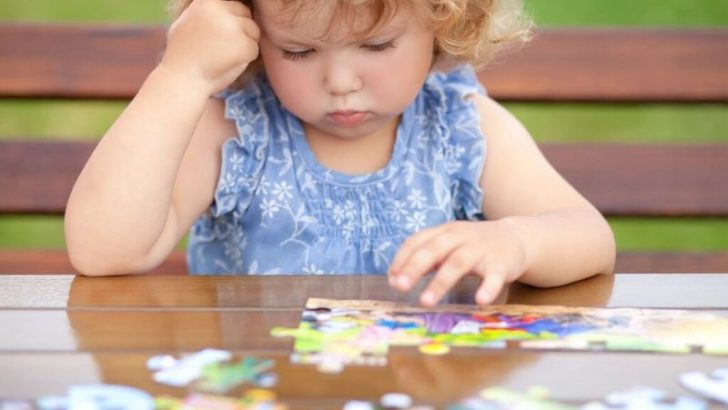Parents often find themselves in situations where a little white lie can bring a smile or ease a moment. These harmless fibs become part of childhood folklore, creating laughter and sometimes a bit of confusion. Here, we explore 17 funny little white lies that parents have been known to tell their kids.
1. The Ice Cream Truck’s Song
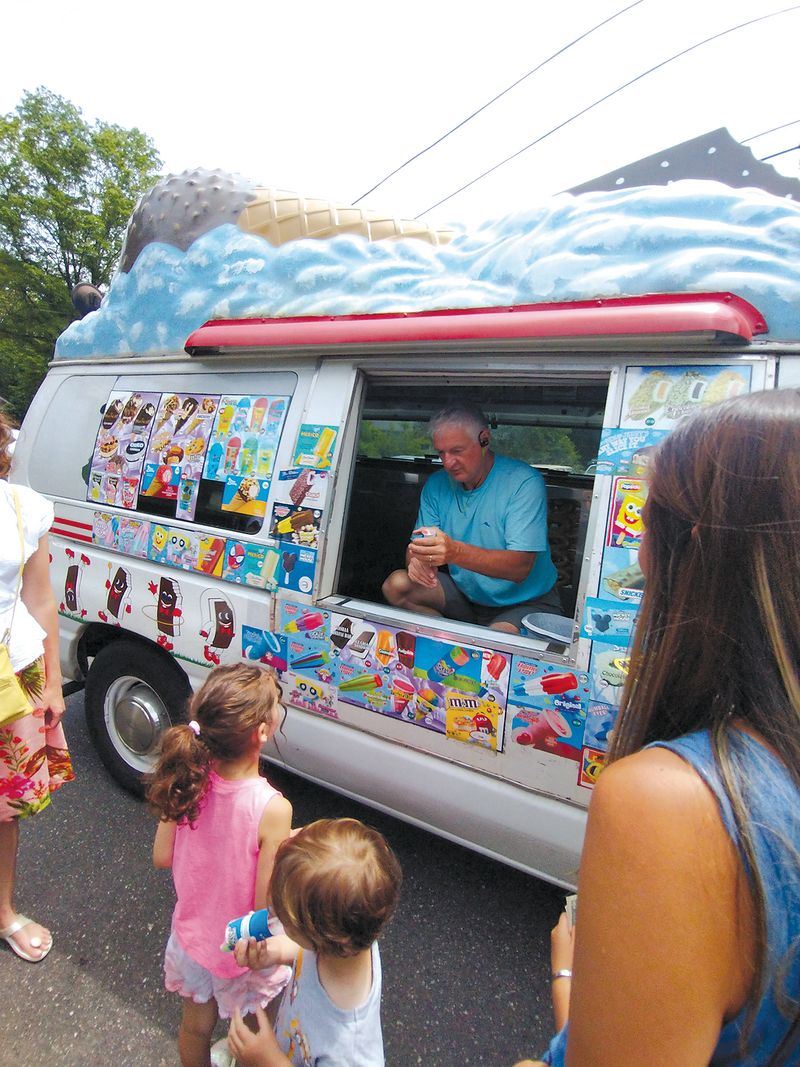
Children often hear the enchanting music of an ice cream truck and want to rush to it. Some parents, however, have cleverly told their kids that the music means the truck is out of ice cream. This white lie serves as a playful way to avoid a sugar rush or a meltdown when the truck is out of reach. The idea that a song equates to no treats is both charming and humorous, leaving kids puzzled but entertained. It’s a whimsical solution to a common parental dilemma.
2. Eating Carrots for Night Vision

Who wouldn’t want the superpower of seeing in the dark? Parents have long told their kids that eating carrots gives them night vision. It’s an inventive way to encourage healthy eating while sparking imagination. Though not scientifically accurate, the notion paints an amusing picture of children nibbling carrots, waiting for their vision to enhance. The blend of fantasy and nutrition makes this a memorable fib. Kids, with eyes wide open, ponder the possibilities of nocturnal adventures, all thanks to this clever twist on dietary advice.
3. Swallowed Gum Takes Seven Years to Digest
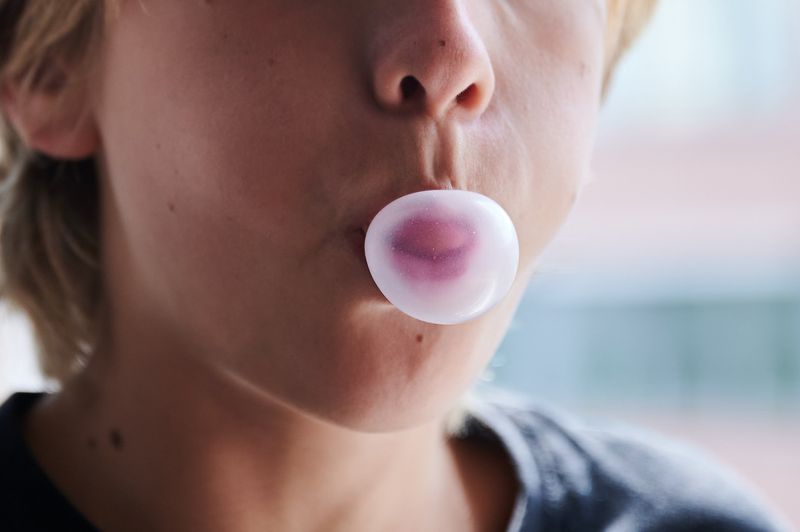
The myth that swallowed gum takes seven years to digest continues to fascinate and terrify children. Parents use this tall tale to prevent kids from swallowing gum, adding a layer of mystery to an everyday activity. Though devoid of truth, the story captures children’s imagination, making them ponder the fate of the gum inside them. It’s a delightful combination of fear and wonder, making kids think twice before gulping down their chewing pleasure. This fib persists, casting a long shadow over the innocent act of chewing gum.
4. The TV’s Off Due to Bedtime

When TV time runs late, parents sometimes claim the television stops working at bedtime. This creative excuse helps maintain bedtime schedules without arguments, turning technology into an ally in parenting. Kids are left with the amusing notion that TVs, like humans, have sleep schedules. This charming fib gently nudges children to their beds, sparking their imagination about a world where electronics need rest. It’s a playful way to instill discipline, leaving kids to wonder about their favorite shows’ slumber.
5. If You Cross Your Eyes, They’ll Stay That Way

Parents have long used the warning that crossing eyes might make them stay that way, a fib that combines caution with imagination. It’s a lighthearted way to discourage kids from making funny faces, adding a touch of magic to everyday expressions. Kids, caught between disbelief and curiosity, often try it again, giggling at the reflection. This whimsical warning, though untrue, adds a playful layer to childhood experimentation. It’s a delightful example of how parents blend caution with creativity to guide behavior.
6. Plants Grow Faster When You Talk to Them
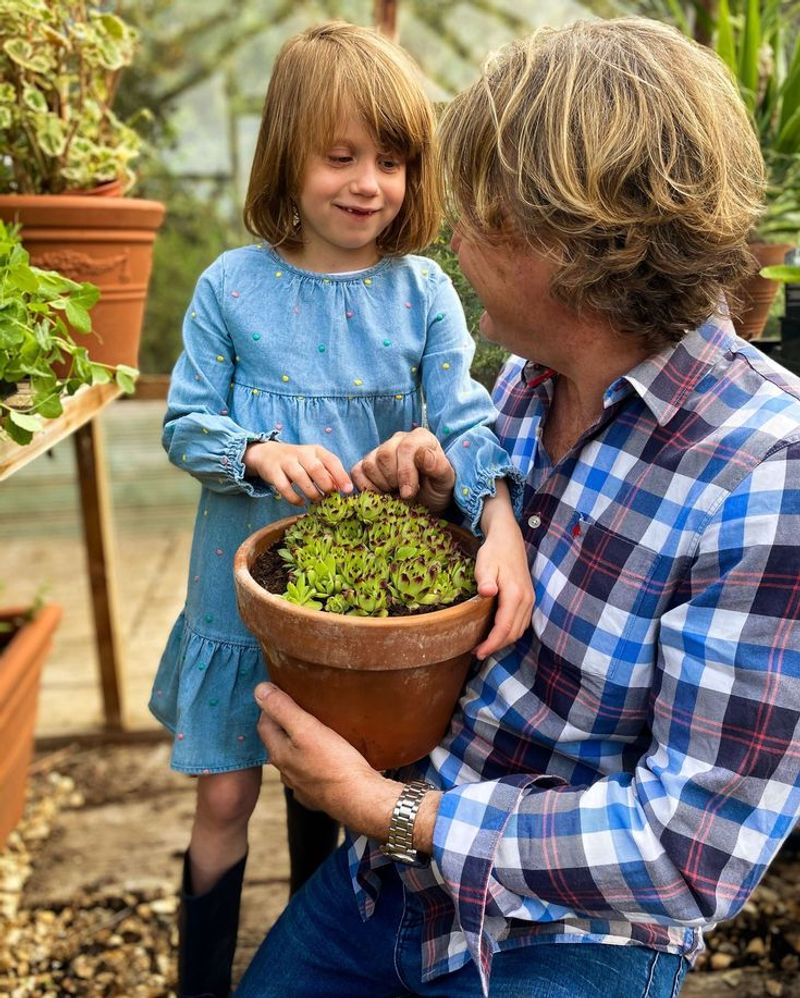
The idea that plants grow faster when talked to has a special charm. Parents use this fib to encourage kids to engage with nature, fostering a sense of responsibility and care. Children, with their earnest chatter, become little gardeners, feeling connected to their leafy friends. Though scientifically debated, the notion adds a poetic touch to tending plants, making it an enchanting part of growing up. Kids, with dreams of becoming plant whisperers, embrace this gentle lie, imagining gardens thriving on whispered secrets.
7. The Tooth Fairy’s Special Delivery
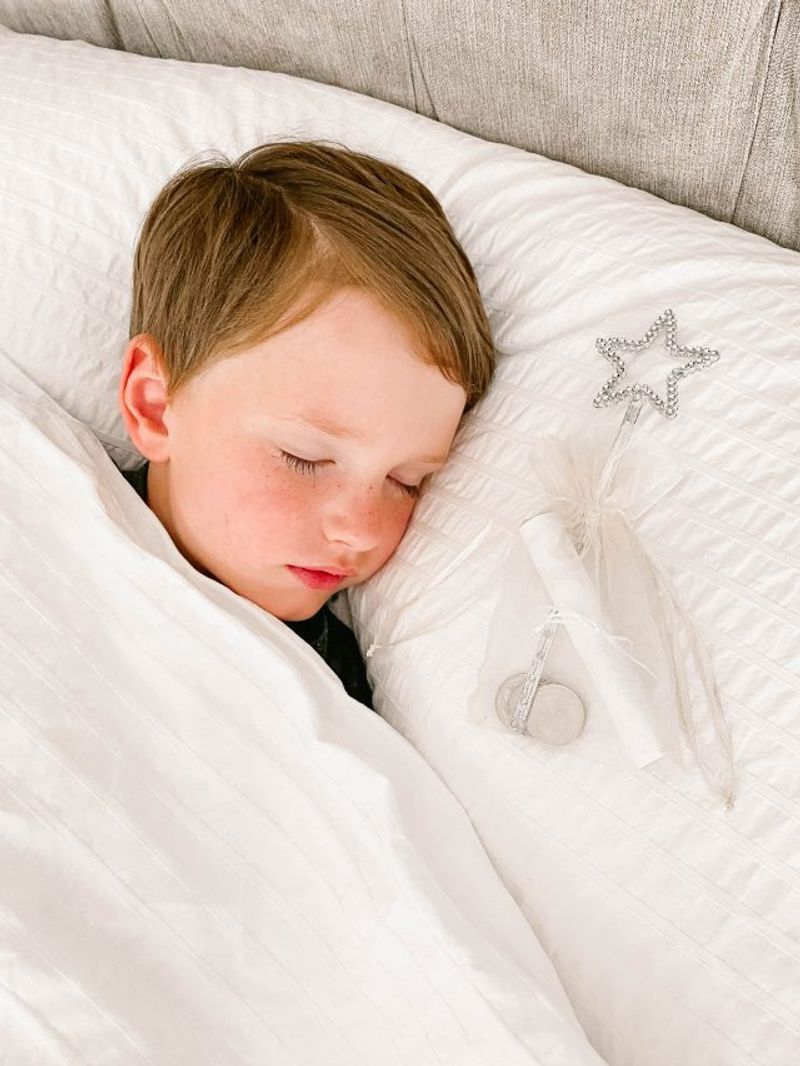
The tooth fairy tradition turns a lost tooth into a magical event. Parents tell tales of a fairy who exchanges teeth for treasures, adding excitement to a natural process. Kids, with wide-eyed wonder, eagerly place their teeth under pillows, dreaming of coins and fairy visits. The blend of fantasy and reward makes this fib a cherished part of childhood. It encourages imagination, turning a simple act into an enchanting experience. Parents weave this enchanting tale, creating memories that shimmer long after the tooth is gone.
8. The Stork Delivers Babies
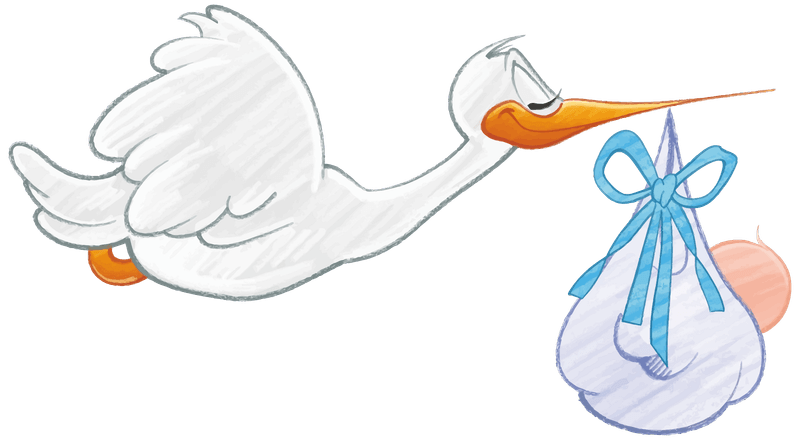
The story of the stork delivering babies is a classic parental fib. It’s an imaginative way to explain birth to young children, sparking curiosity and wonder. The image of a stork gracefully bringing new life adds a whimsical layer to family stories. Kids, with their innocent inquiries, find comfort in this gentle narrative. Though far from reality, the tale offers a playful introduction to life’s mysteries. Parents, with a twinkle in their eye, share this timeless story, bridging the gap between imagination and truth.
9. Eating Crusts Makes Hair Curly
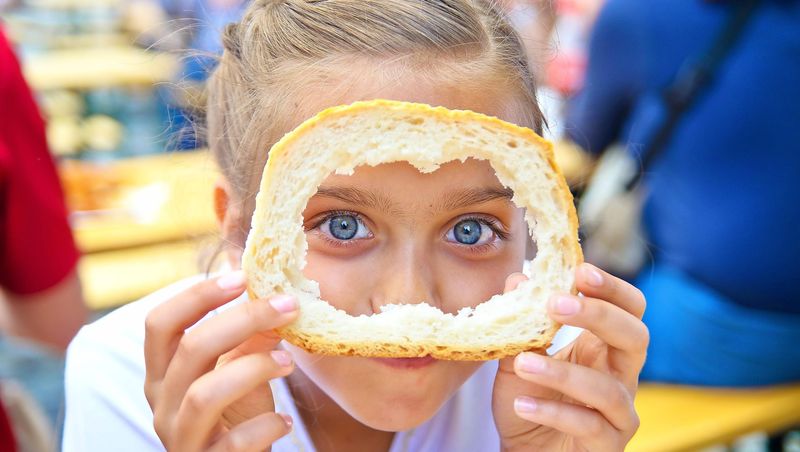
The belief that eating crusts makes hair curly is a humorous culinary myth. Parents use it to encourage kids to eat their sandwiches, turning a mundane task into a fun challenge. Kids, with bites of crusts, dream of curls and waves, their imaginations running wild. This fib adds a playful twist to mealtime, transforming ordinary food into a source of creativity. Though scientifically unfounded, the idea persists, making children ponder their next hairstyle. It’s a delightful example of how food and fantasy intertwine, creating smiles around the table.
10. The Cookie Jar Has a Monster
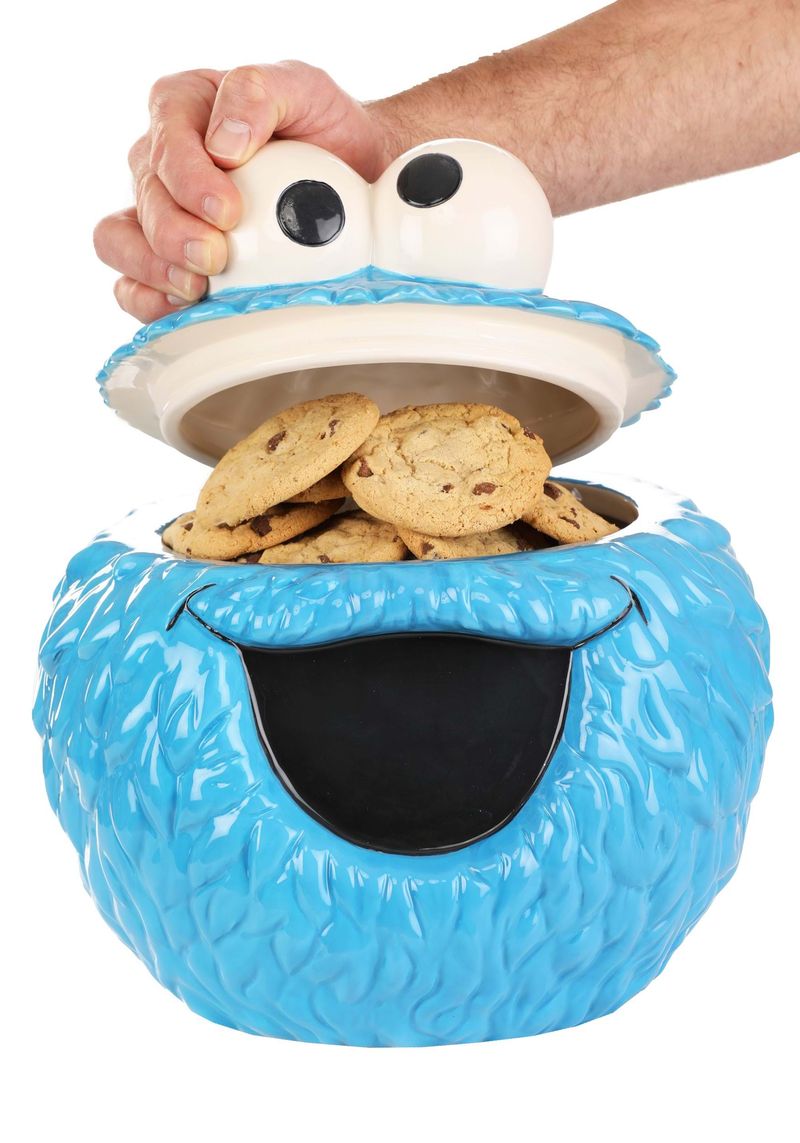
To deter sneaky hands, parents sometimes claim a monster resides in the cookie jar. This playful fib combines intrigue with caution, making children think twice before indulging. Kids, with wide-eyed wonder, imagine mischievous creatures guarding their sweet treasures. It’s a humorous deterrent, turning a simple jar into a gateway to adventure. Even though it’s a tale of fiction, the idea captures imagination and adds excitement to the forbidden treat. Parents use this story to balance desire with discipline, leaving kids both intrigued and amused.
11. The Car Won’t Start Without Seatbelts

Parents sometimes tell kids the car won’t start without seatbelts fastened, a fib that merges safety with curiosity. This clever tale encourages children to buckle up, turning a routine task into a magical ritual. Kids, with excitement, click their belts, believing they’re unlocking the car’s secret power. It’s an enchanting way to teach safety, blending responsibility with wonder. Though untrue, the story reinforces important habits, transforming a mundane action into a captivating part of the journey.
12. Listening to Your Mother Helps You Grow

The idea that listening to your mother helps you grow is a heartfelt parental fib. It’s a way to instill respect and value in hearing wise words. Kids, with eager ears, absorb stories and advice, believing they’re growing both in stature and wisdom. This tale adds a nurturing touch to family bonds, connecting generations through shared moments. Though metaphoric, the idea fosters trust and love, making children cherish the guidance they receive. Parents, with tender smiles, perpetuate this truth-laden myth, enriching family ties with every word shared.
13. The Internet Breaks at Night

To encourage bedtime, parents sometimes claim the internet breaks at night. This fib blends technology with imagination, helping maintain routines without arguments. Kids, with mixed feelings, accept that even the digital world needs rest. This story offers a creative way to balance screen time and sleep, adding a touch of magic to modern parenting. Though fictional, the tale turns the internet into a sleepy companion, fostering healthier habits. Parents use this clever excuse to ensure a peaceful bedtime, turning technology into an ally.
14. The Elf on the Shelf Watches All Year
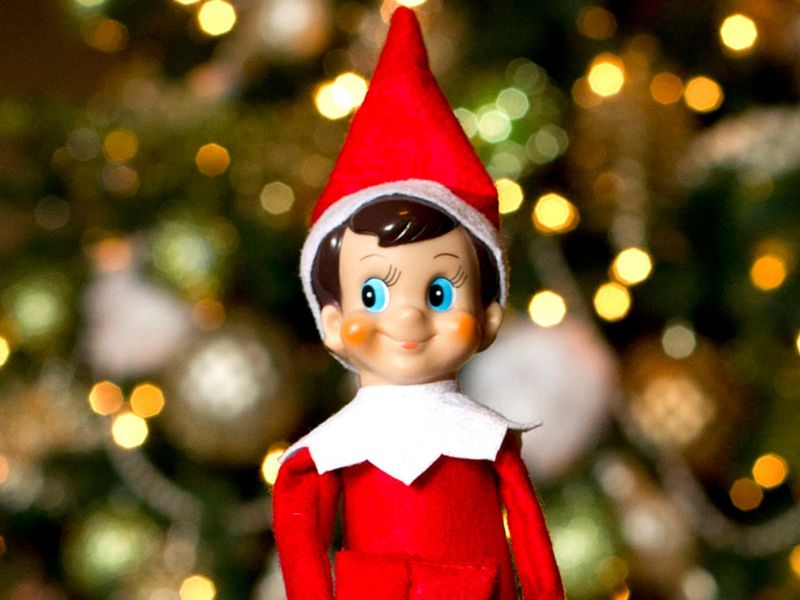
The Elf on the Shelf is a whimsical fib that turns holiday seasons into year-round vigilance. Parents tell kids the elf reports behavior to Santa, adding a delightful layer to holiday traditions. Kids, with wide-eyed awe, imagine the elf’s magical eyes watching their every move. This tale combines fantasy with morality, encouraging good behavior through playful storytelling. Though just a holiday game, the elf’s presence becomes a cherished part of childhood, blending imagination with festive joy. Parents weave this enchanting story, creating a tradition that twinkles brightly each year.
15. The Boogeyman Only Comes If You’re Naughty
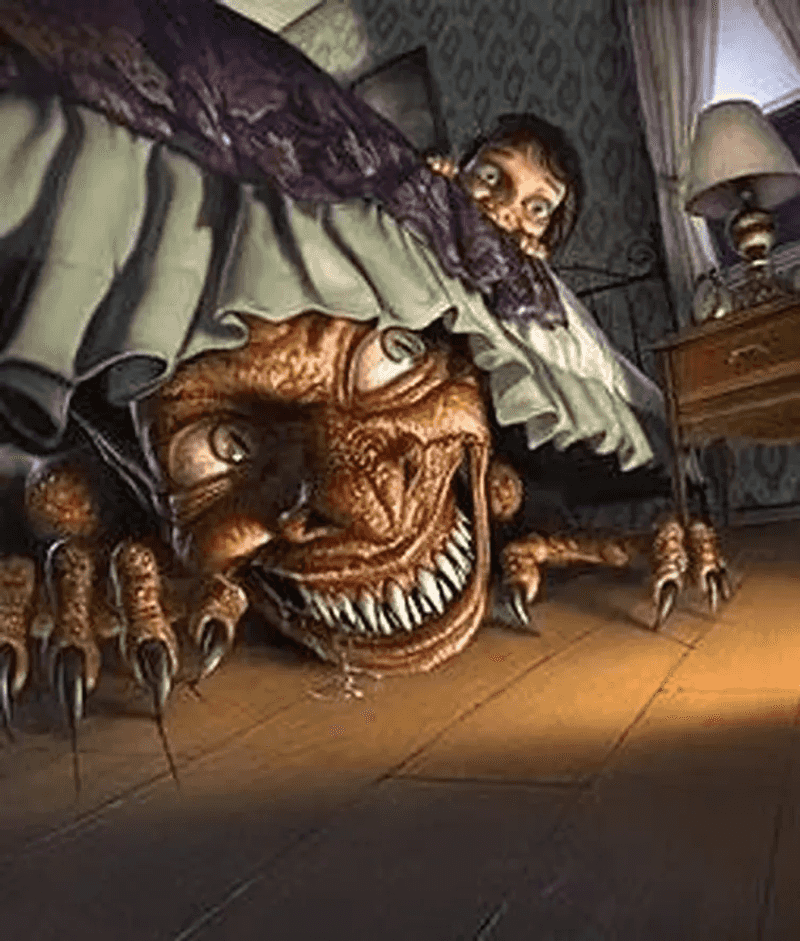
The tale of the boogeyman visiting naughty kids is a classic parental fib. It’s a playful yet cautionary story used to encourage good behavior. Kids, with a mix of fear and fascination, imagine shadowy figures lurking, prompting better conduct. This fib adds a mysterious touch to childhood, balancing fear with moral lessons. Though a tale of fiction, it captures imagination and encourages mindfulness. Parents use this story to guide behavior, leaving kids intrigued by the shadows that dance in the night.
16. The Cat’s Whiskers Help It Balance
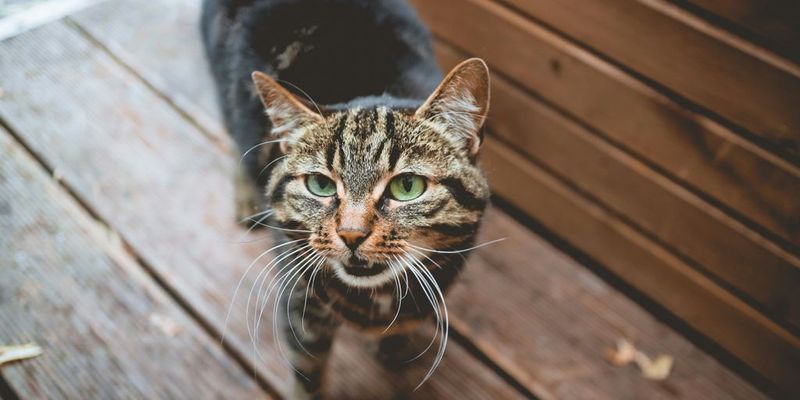
The belief that a cat’s whiskers help it balance is a charming animal myth. Parents share this story to foster curiosity and appreciation for nature. Kids, with wide-eyed wonder, watch cats move gracefully, imagining whiskers guiding their steps. This tale blends science with storytelling, adding a magical touch to everyday observations. Though not entirely true, the idea sparks imagination and invites exploration. Parents use this fib to connect children with the animal world, nurturing a love for creatures and their mysteries.
Hi all, I am Sidney, an accountant, a hobbyist photographer, and a mother to two sweet girls who are my motivation. I love sharing the tips and tricks I gained all these years I’ve been a mother. I hope it will help you!

